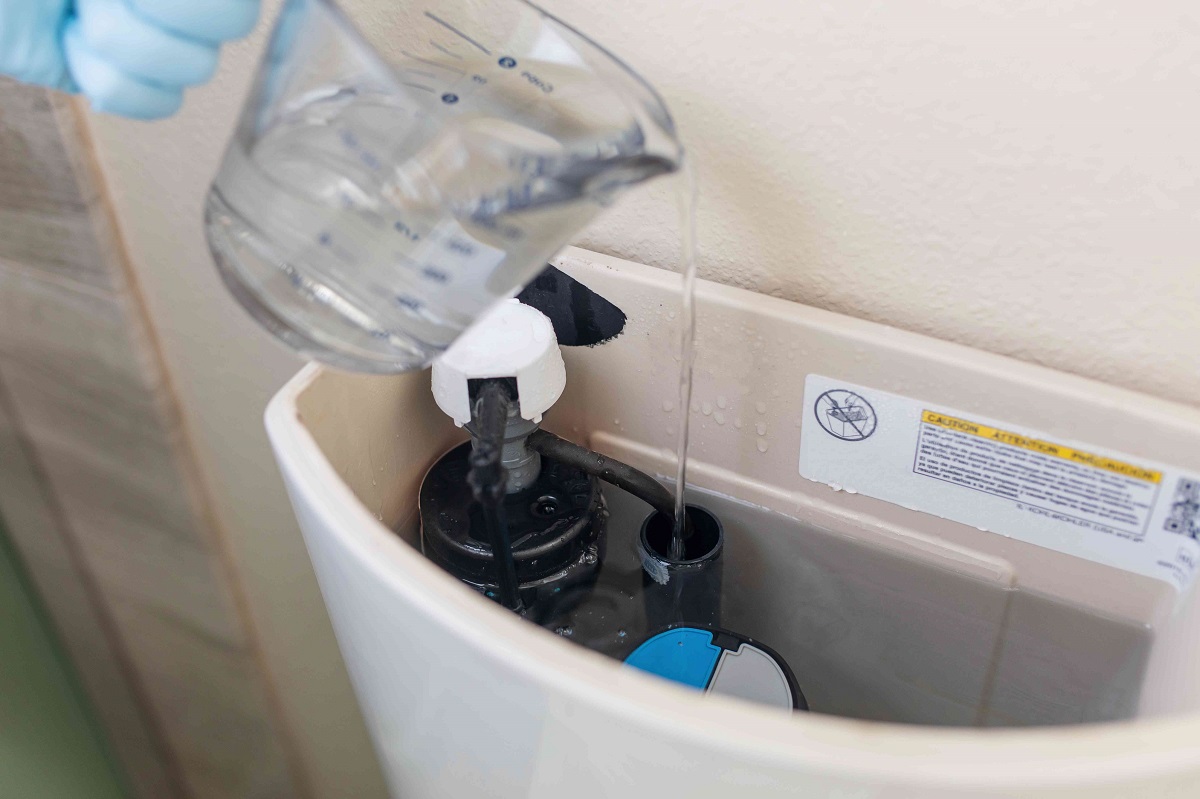

Articles
How To Clean Toilet Tank With Vinegar
Modified: January 21, 2024
Learn how to effectively clean your toilet tank using vinegar with this informative article. Discover the step-by-step process to keep your bathroom fresh and bacteria-free.
(Many of the links in this article redirect to a specific reviewed product. Your purchase of these products through affiliate links helps to generate commission for Storables.com, at no extra cost. Learn more)
Introduction
Keeping your toilet tank clean is essential for maintaining good hygiene in your bathroom. However, many people overlook this aspect of cleaning, focusing only on the visible parts of the toilet. The truth is, the inside of the toilet tank can harbor bacteria, mineral deposits, and unpleasant odors if not properly maintained.
When it comes to cleaning the toilet tank, vinegar is a household staple that can be a game-changer. Vinegar is a natural cleaning agent that is non-toxic, affordable, and easily accessible. It has powerful disinfecting properties and can effectively break down mineral deposits, limescale, and other stubborn stains.
In this article, we will guide you through the process of cleaning your toilet tank with vinegar, step-by-step. But before we dive into the cleaning process, let’s first go over some important safety precautions to ensure a hassle-free and safe cleaning experience.
Key Takeaways:
- Vinegar is a natural, affordable, and effective cleaning agent for toilet tanks. Its disinfecting and deodorizing properties make it ideal for breaking down mineral deposits and preventing unpleasant odors, ensuring a clean and hygienic bathroom.
- Prioritize safety when cleaning your toilet tank with vinegar by wearing protective gear and ensuring proper ventilation. Regular maintenance, avoiding harsh chemicals, and checking for leaks are essential for keeping your toilet tank clean and functional.
Read more: How To Clean A Toilet Tank With Vinegar
Why Use Vinegar for Cleaning Toilet Tanks
When it comes to cleaning the toilet tank, there are several cleaning agents available on the market. However, vinegar stands out as one of the best choices for a variety of reasons.
First and foremost, vinegar is a natural and environmentally friendly cleaning option. Unlike commercial cleaning products that often contain harsh chemicals, vinegar is non-toxic and safe to use around both humans and pets. This is especially important when cleaning a space like the toilet tank, which is in close proximity to the water supply.
Furthermore, vinegar is highly effective at breaking down mineral deposits and limescale, which are common culprits of stains and buildup in toilet tanks. The acetic acid present in vinegar acts as a powerful solvent that dissolves these deposits, making it easier to remove them. This not only helps in preventing clogs and maintaining the functionality of the toilet, but also helps in improving water flow and preventing the growth of bacteria.
In addition to its cleaning properties, vinegar also has natural deodorizing qualities. It can help eliminate unpleasant odors that may develop in the toilet tank over time. This is particularly useful in households with hard water, as the minerals in the water can create a foul smell.
Moreover, vinegar is readily available and affordable. You can find it in most grocery stores, making it a convenient option for regular cleaning. It requires no complex instructions or special equipment to use, making it accessible to anyone.
Overall, vinegar is a versatile, natural, and effective cleaning agent for toilet tanks. Its disinfecting properties, ability to remove mineral deposits, deodorizing capabilities, and accessibility make it an ideal choice for keeping your toilet tank clean and fresh.
Safety Precautions Before Cleaning
Before you begin cleaning your toilet tank with vinegar, it’s important to take some necessary safety precautions to ensure a safe and hassle-free cleaning process.
1. Protect yourself: Make sure to wear rubber gloves while cleaning to protect your hands from any germs or bacteria that may be present in the toilet tank. It’s also a good idea to wear eye protection to avoid any splashing or accidental contact with vinegar in your eyes.
2. Ventilation: Ensure that the bathroom is well-ventilated by opening a window or turning on the exhaust fan. This will help prevent the buildup of fumes from the vinegar and provide fresh air during the cleaning process.
3. Turn off water supply: Before you start cleaning, turn off the water supply to the toilet tank to avoid any accidental flooding. You can usually find the water shut-off valve located behind or beside the toilet.
4. Flush the toilet: Before cleaning, flush the toilet to remove any water from the tank. This will make the cleaning process easier and prevent any accidental spills or splashes.
5. Be cautious with mixing chemicals: If you have previously used a commercial cleaning product in your toilet tank, make sure to avoid mixing it with vinegar. Mixing chemicals can cause dangerous reactions and release toxic fumes. Therefore, it’s important to thoroughly rinse out the tank before using vinegar.
By following these safety precautions, you can ensure a safe and effective cleaning process for your toilet tank. Remember, safety should always be a top priority when handling cleaning agents and working with plumbing fixtures.
To clean a toilet tank with vinegar, pour 1-2 cups of vinegar into the tank and let it sit for a few hours. Then, scrub the tank with a toilet brush and flush to rinse. Repeat if necessary.
Step-by-Step Guide to Cleaning Toilet Tank with Vinegar
Now that you’re aware of the safety precautions, let’s dive into the step-by-step process of cleaning your toilet tank with vinegar.
Step 1: Gather your supplies
Before you begin, gather all the necessary supplies. You will need:
- Vinegar (white distilled vinegar works best)
- A scrub brush or old toothbrush
- Rubber gloves
- A bucket or container
- A clean cloth or sponge
Step 2: Empty the tank
Start by flushing the toilet to empty the tank of any water. You can do this by either turning off the water supply and flushing or by using the toilet’s flush mechanism.
Step 3: Pour vinegar into the tank
Next, pour a sufficient amount of vinegar into the toilet tank. Aim for about one cup of vinegar, or more if your tank is particularly dirty or stained. Ensure that the vinegar covers the interior surfaces of the tank.
Step 4: Let it sit
Allow the vinegar to sit in the tank for at least 30 minutes, or preferably overnight. This will give the vinegar enough time to break down any mineral deposits and stains.
Step 5: Scrub the tank
After the vinegar has had time to work its magic, put on your rubber gloves and use a scrub brush or old toothbrush to scrub the interior surfaces of the tank. Pay attention to areas with visible buildup or stains.
Step 6: Rinse and wipe
Once you’ve scrubbed the tank thoroughly, use a clean cloth or sponge soaked in clean water to rinse away the vinegar and any loosened debris. Wipe down all the surfaces to ensure they are clean and free of vinegar residue.
Step 7: Turn on the water supply and flush
Finally, turn on the water supply to the toilet tank and flush multiple times to remove any remaining vinegar. This will help eliminate any lingering odor and ensure that the tank is ready for use.
Step 8: Repeat if necessary
If your toilet tank was heavily stained or hasn’t been cleaned in a while, you may need to repeat the process to achieve satisfactory results. In such cases, simply repeat the steps outlined above until the tank is clean.
Following these steps will help you effectively clean your toilet tank using vinegar. Remember to prioritize safety, take your time, and be thorough in your cleaning efforts.
Additional Tips for Maintaining a Clean Toilet Tank
Cleaning your toilet tank with vinegar is just one step towards maintaining a clean and hygienic bathroom. To ensure that your toilet tank remains clean and free of buildup, here are some additional tips to consider:
1. Regular cleaning: Make it a habit to clean your toilet tank at least once every few months to prevent the accumulation of mineral deposits and stains. Regular cleaning will make the process easier and more effective.
2. Use vinegar for routine maintenance: In between deep cleanings, you can use vinegar as a regular maintenance tool. Simply add a cup of vinegar to the toilet tank and let it sit for a few hours before flushing. This will help in preventing the buildup of mineral deposits and odors.
3. Avoid harsh chemicals: When cleaning the toilet tank, avoid using harsh chemicals or bleach. These can not only damage the inside of the tank but also harm the environment. Stick to natural cleaning agents like vinegar to maintain the integrity of the tank and promote eco-friendly cleaning practices.
4. Check for leaks: Occasionally, check your toilet tank for any signs of leaks or water seepage. A leaking tank can contribute to the growth of mold and mildew, as well as cause water wastage. If you notice any leaks, make the necessary repairs or contact a professional plumber to fix the issue.
5. Maintain water quality: If you live in an area with hard water, consider installing a water softener or using a water softening system to reduce the mineral content in the water. This can help in preventing mineral buildup in the toilet tank and prolong its cleanliness.
6. Flush properly: Encourage everyone in your household to flush toilet paper and waste appropriately. Flushing excessive amounts of toilet paper or foreign objects can lead to clogs and buildup in the tank. Proper flushing practices will help in maintaining a clean and functional toilet tank.
By following these additional tips, you can ensure that your toilet tank remains clean, fresh, and free of mineral deposits and odors. Consistent maintenance and a proactive approach will not only improve the overall cleanliness of your bathroom but also extend the lifespan of your toilet tank.
Read more: How To Clean A Toilet Bowl With Vinegar
Conclusion
Cleaning your toilet tank with vinegar is a simple and effective way to maintain a clean and hygienic bathroom. Vinegar’s natural cleaning properties and affordability make it an ideal choice for breaking down mineral deposits, removing stains, and eliminating odors. By following the step-by-step guide provided and implementing the additional tips for maintenance, you can ensure that your toilet tank remains clean and free of buildup.
Remember to prioritize safety by taking necessary precautions before cleaning and handling vinegar. Wear protective gloves and eye gear to avoid any contact with the cleaning solution. Proper ventilation is also crucial to prevent the buildup of fumes.
In addition to cleaning the toilet tank, regular cleaning and maintenance of the entire toilet system are essential for optimal performance. Ensure your toilet is flushed properly, avoid flushing foreign objects, and check for any leaks or water seepage. These practices will not only keep your toilet tank clean but also prevent potential issues down the line.
Lastly, incorporate vinegar as a regular maintenance tool for your toilet tank. Periodically adding vinegar to the tank, allowing it to sit, and flushing it will help prevent the buildup of mineral deposits and keep any odors at bay.
By following these guidelines and incorporating vinegar into your cleaning routine, you can maintain a clean and fresh toilet tank, ensuring a hygienic and pleasant bathroom experience for you and your family.
Frequently Asked Questions about How To Clean Toilet Tank With Vinegar
Was this page helpful?
At Storables.com, we guarantee accurate and reliable information. Our content, validated by Expert Board Contributors, is crafted following stringent Editorial Policies. We're committed to providing you with well-researched, expert-backed insights for all your informational needs.
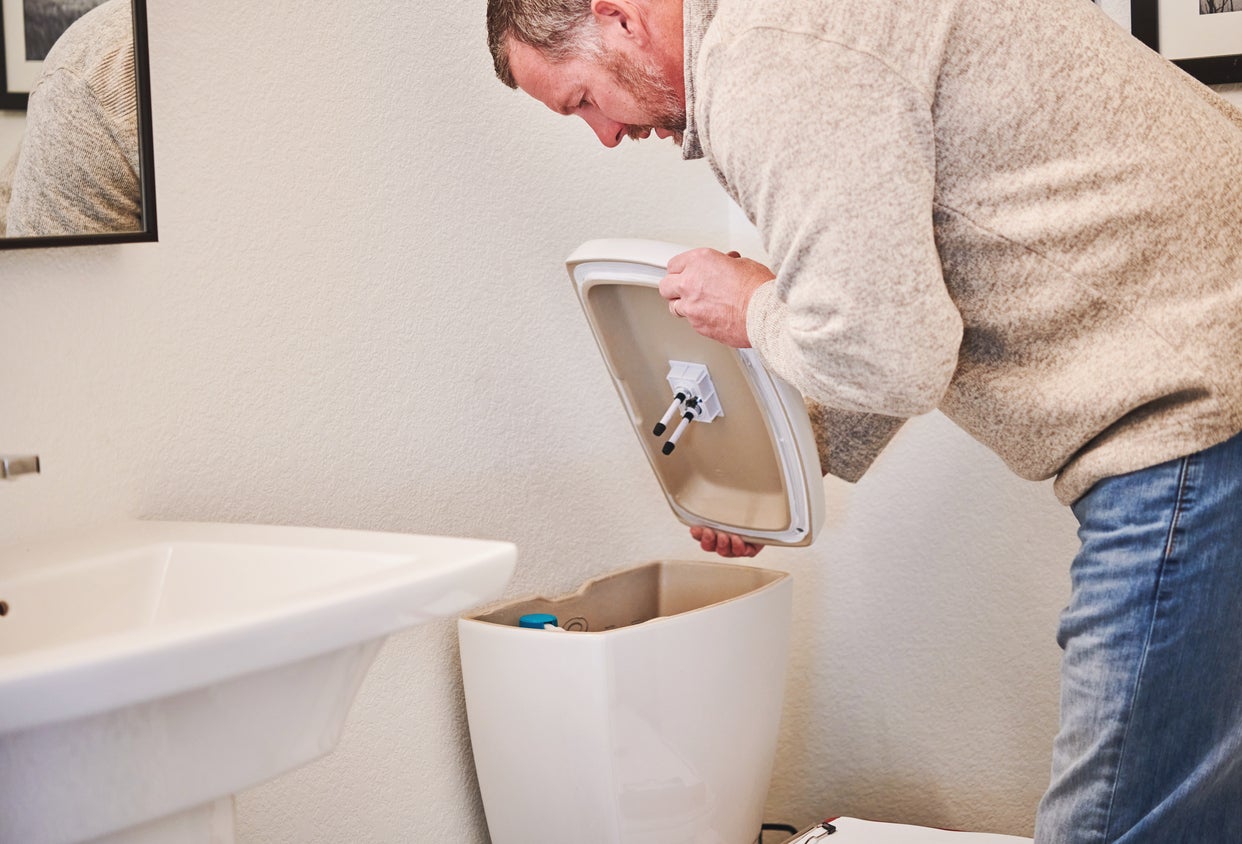
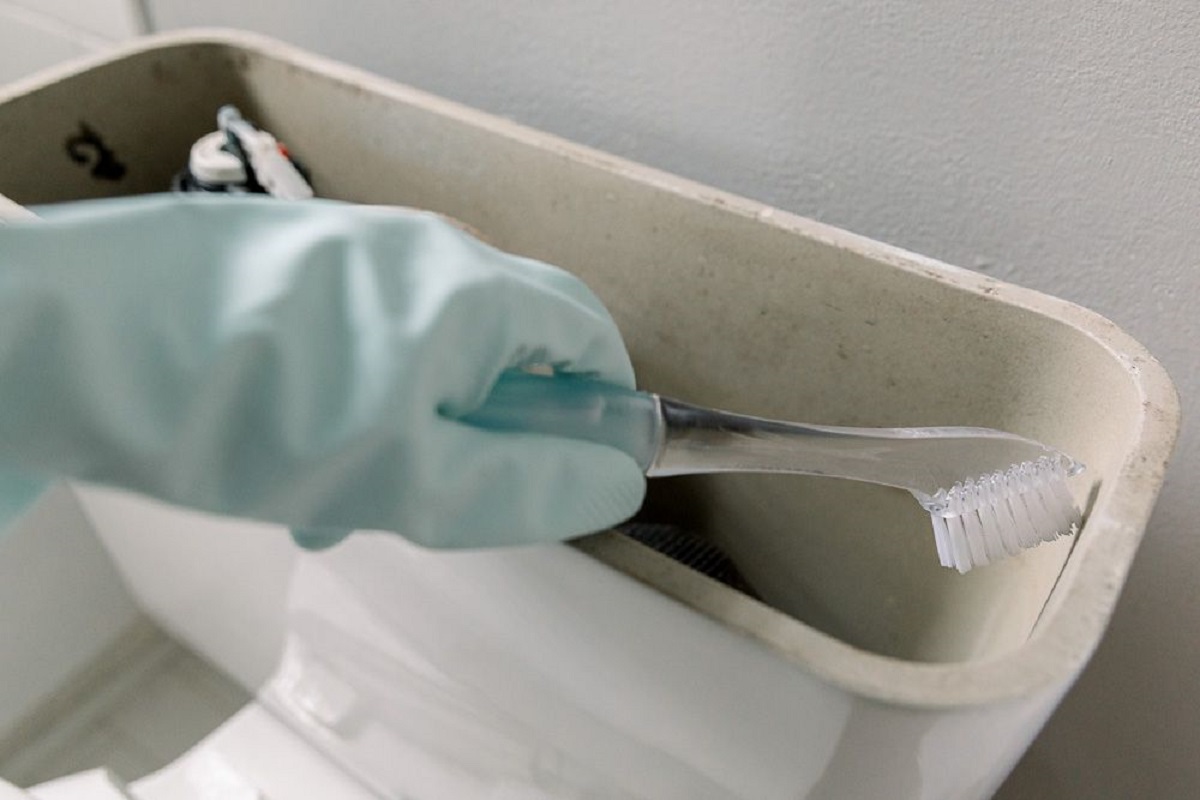
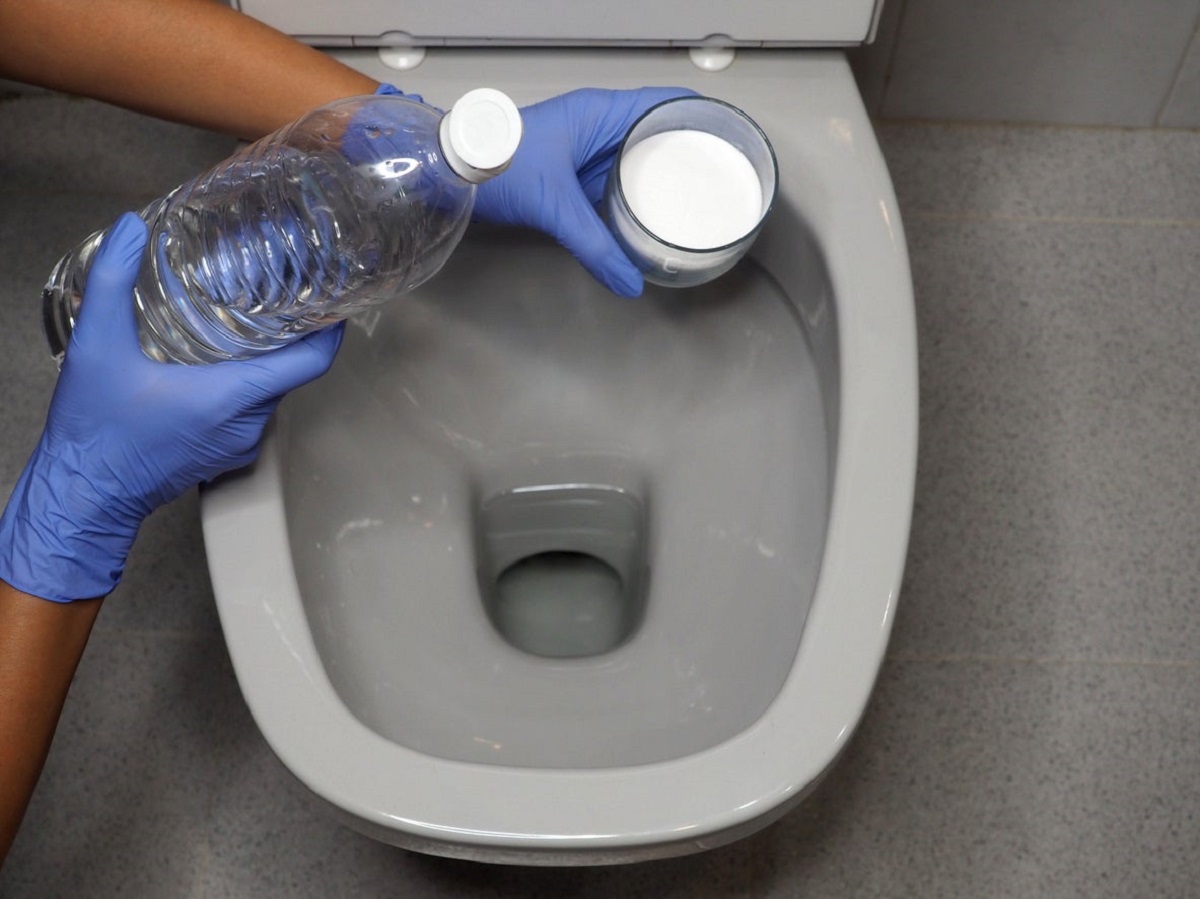
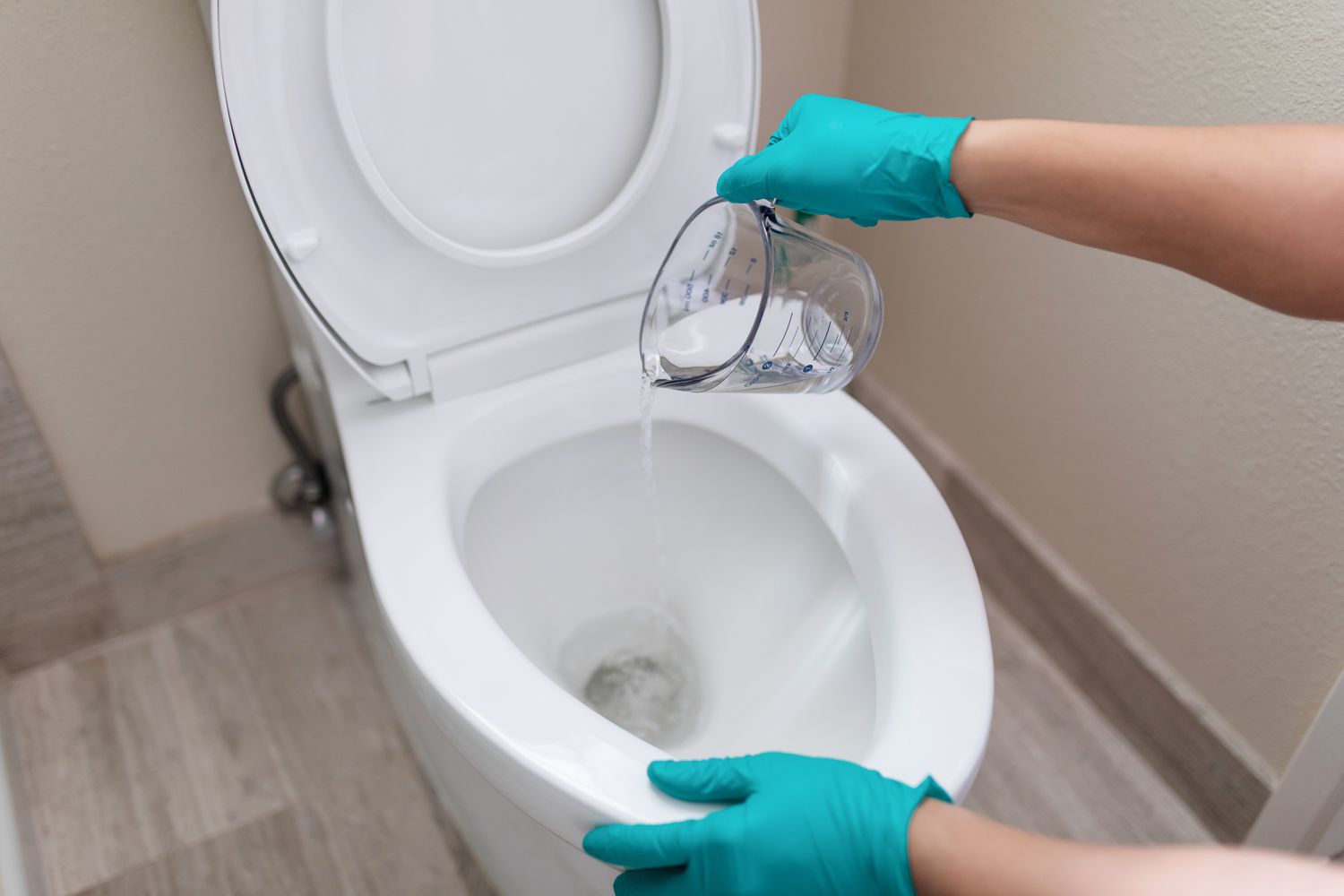
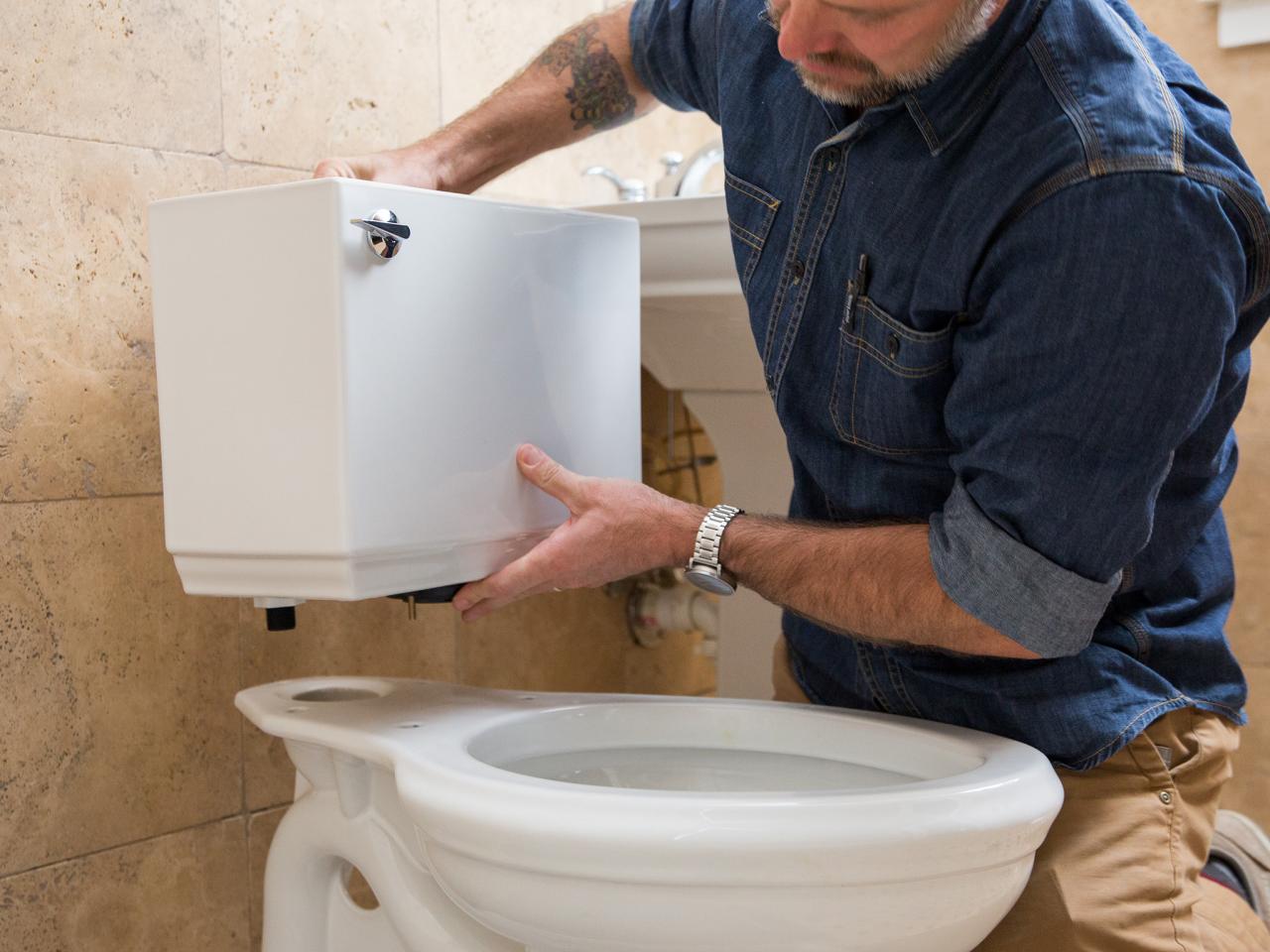
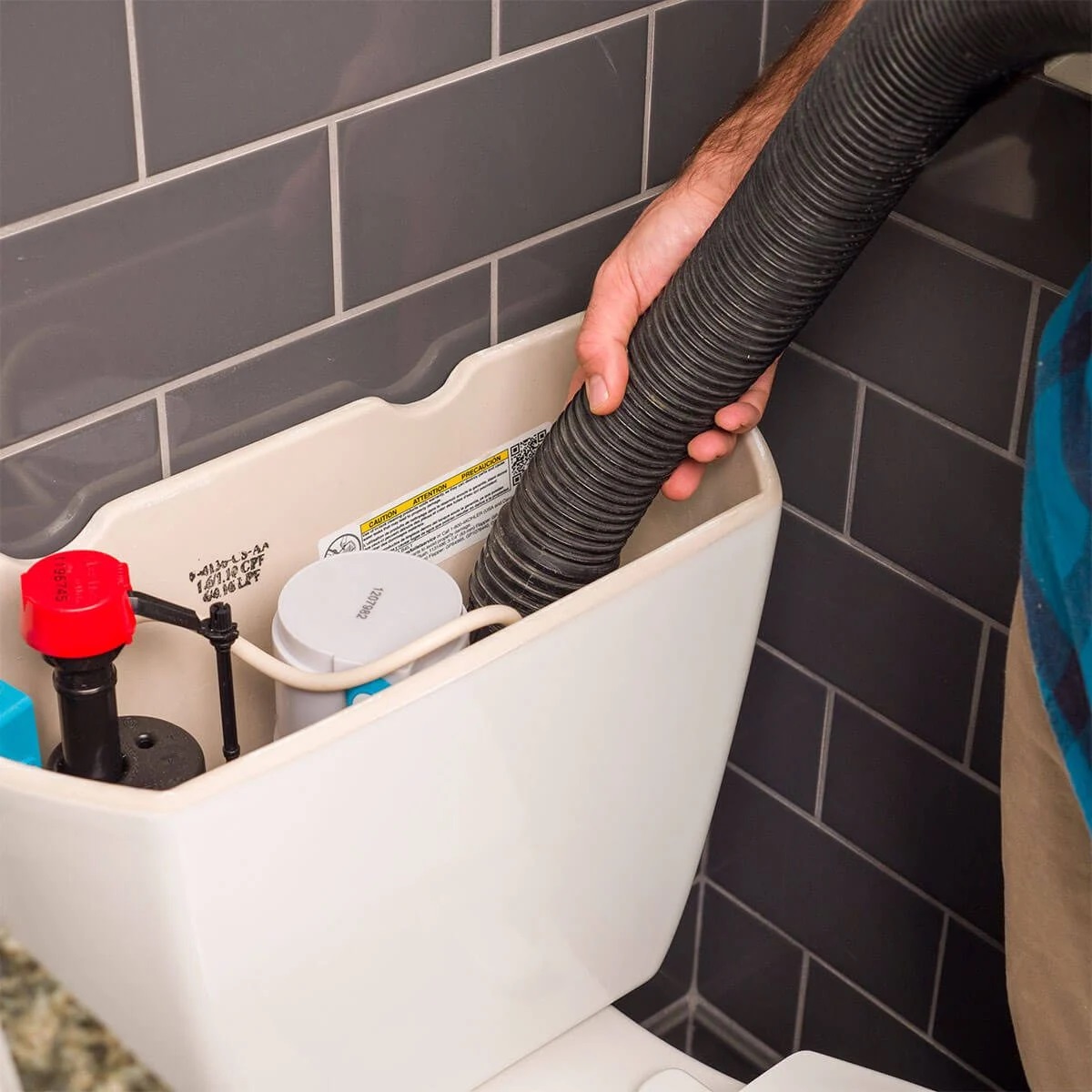
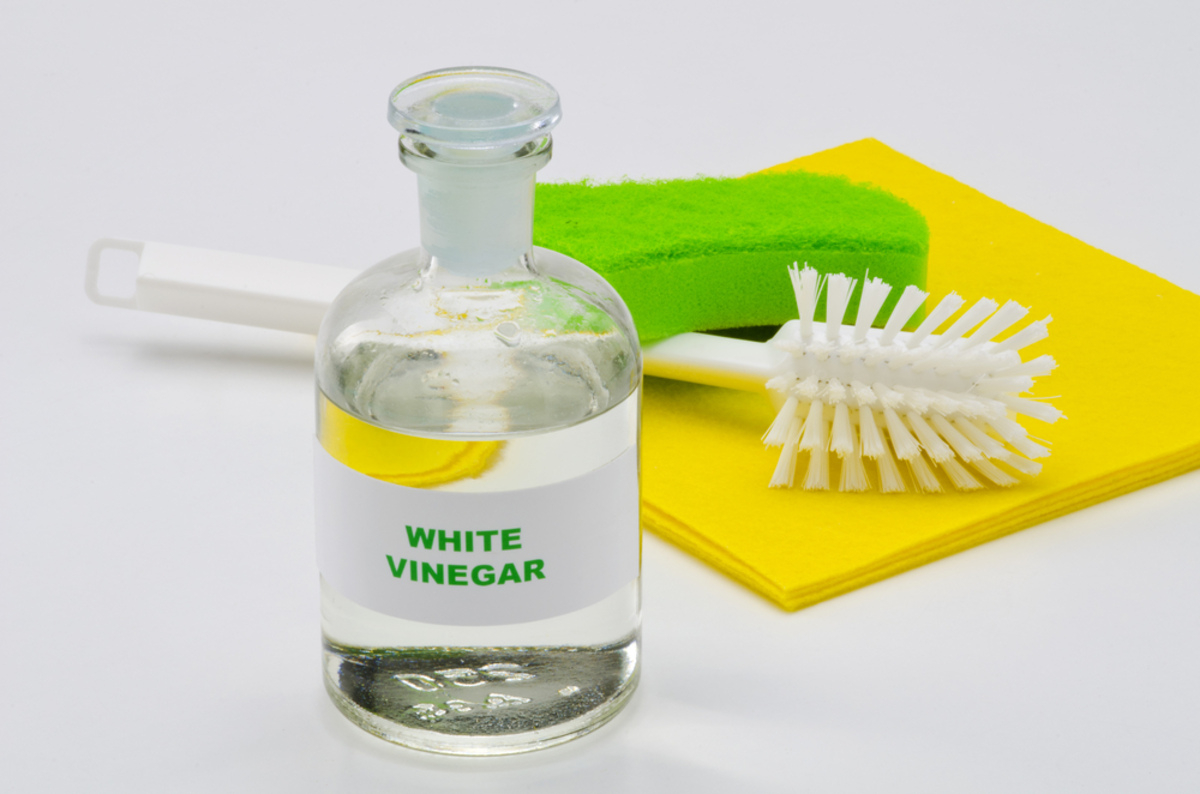

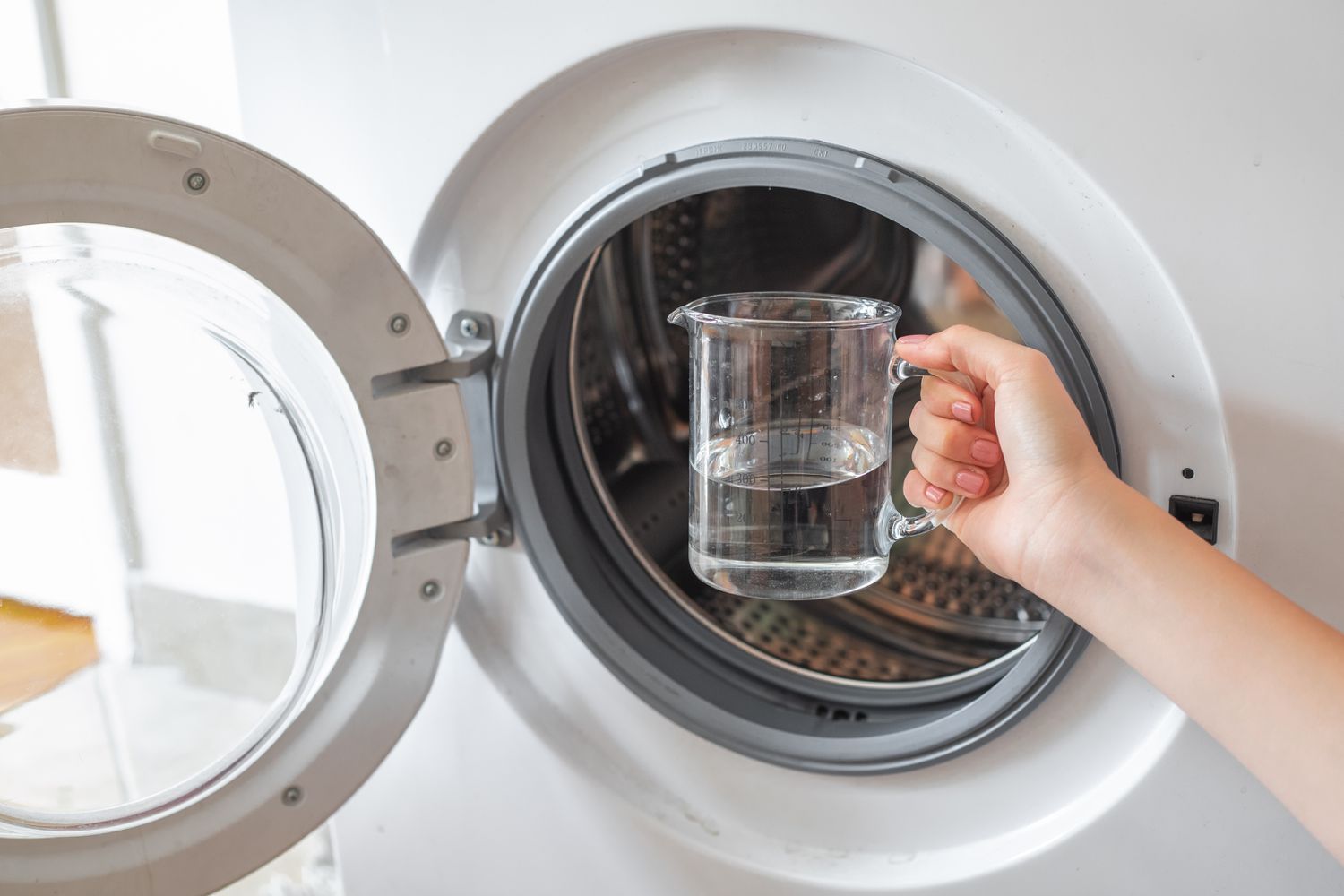

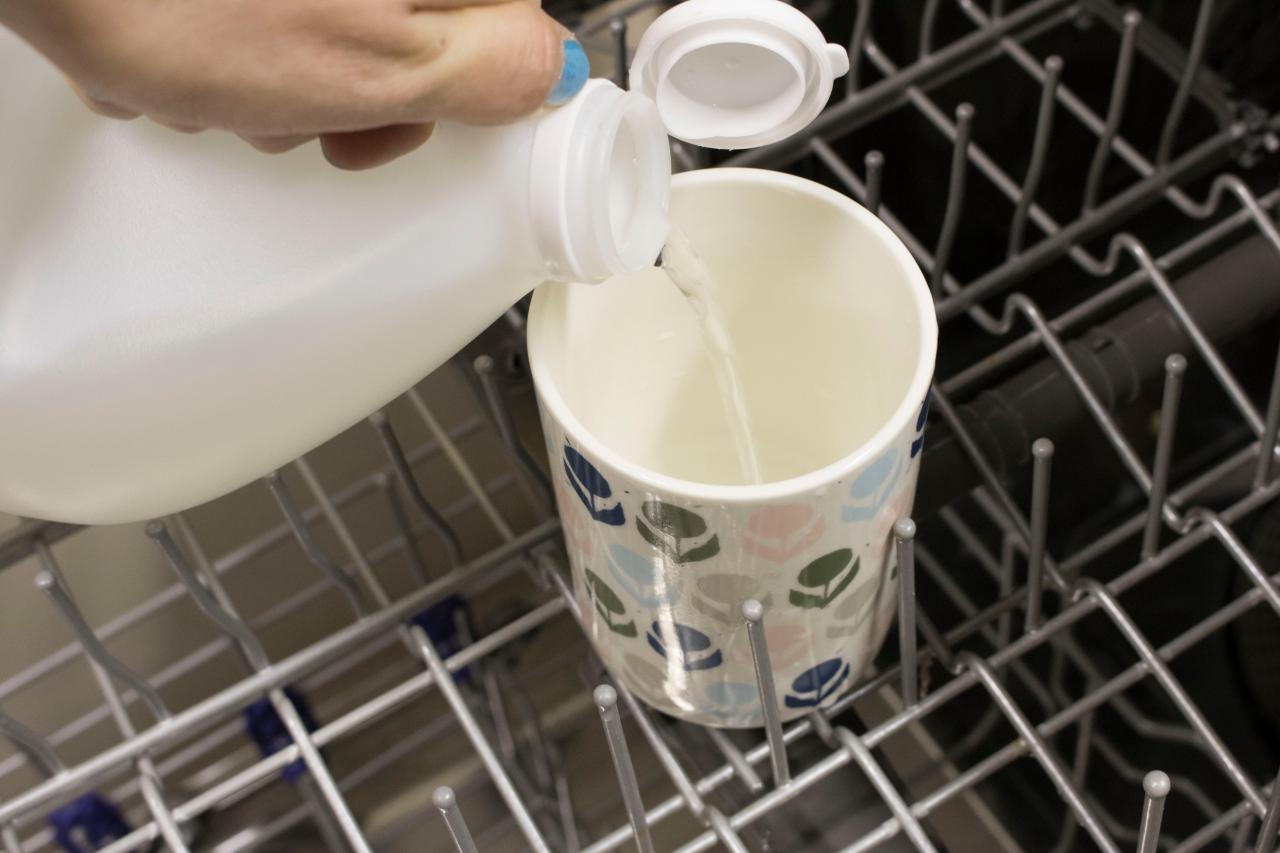

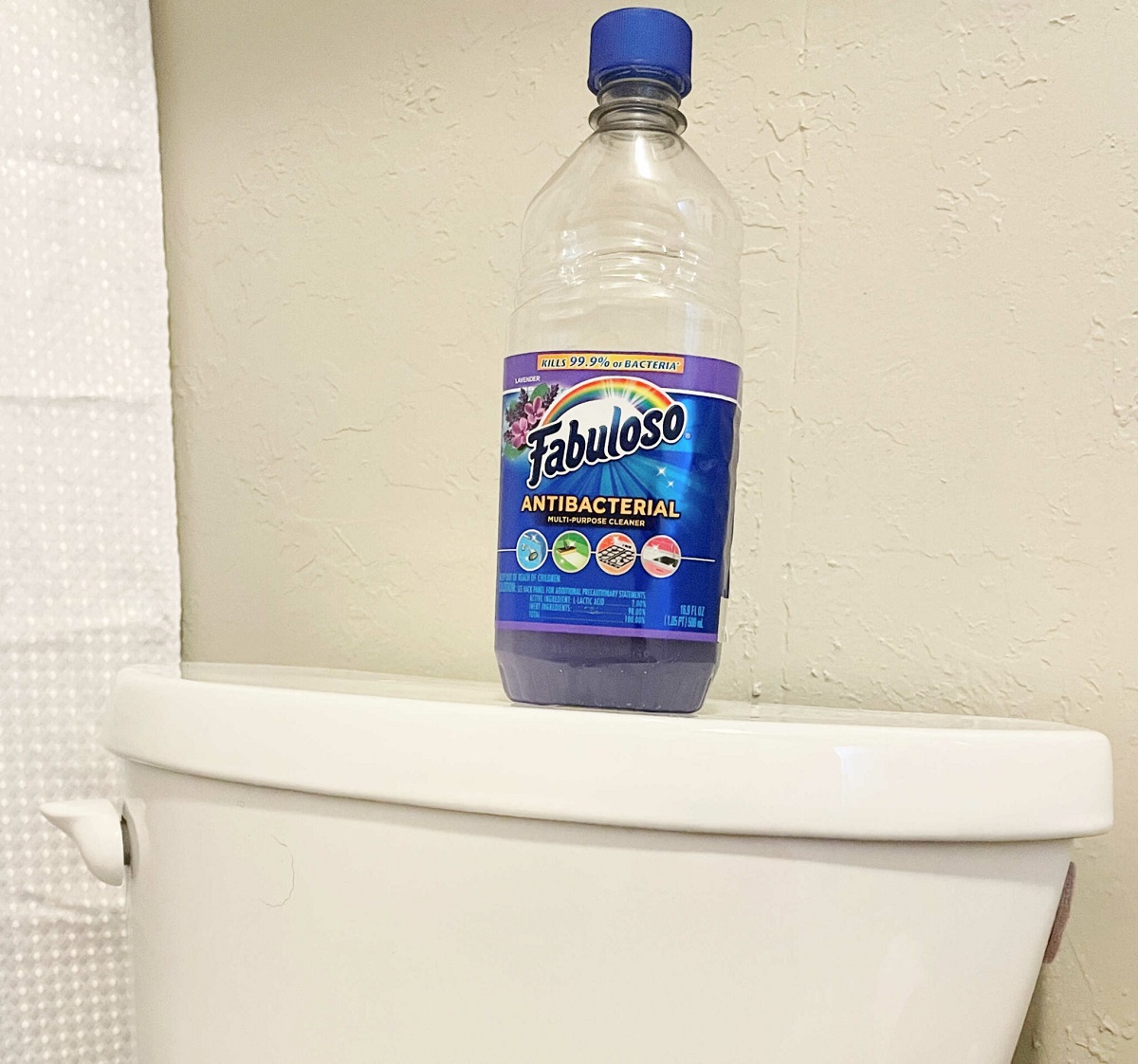
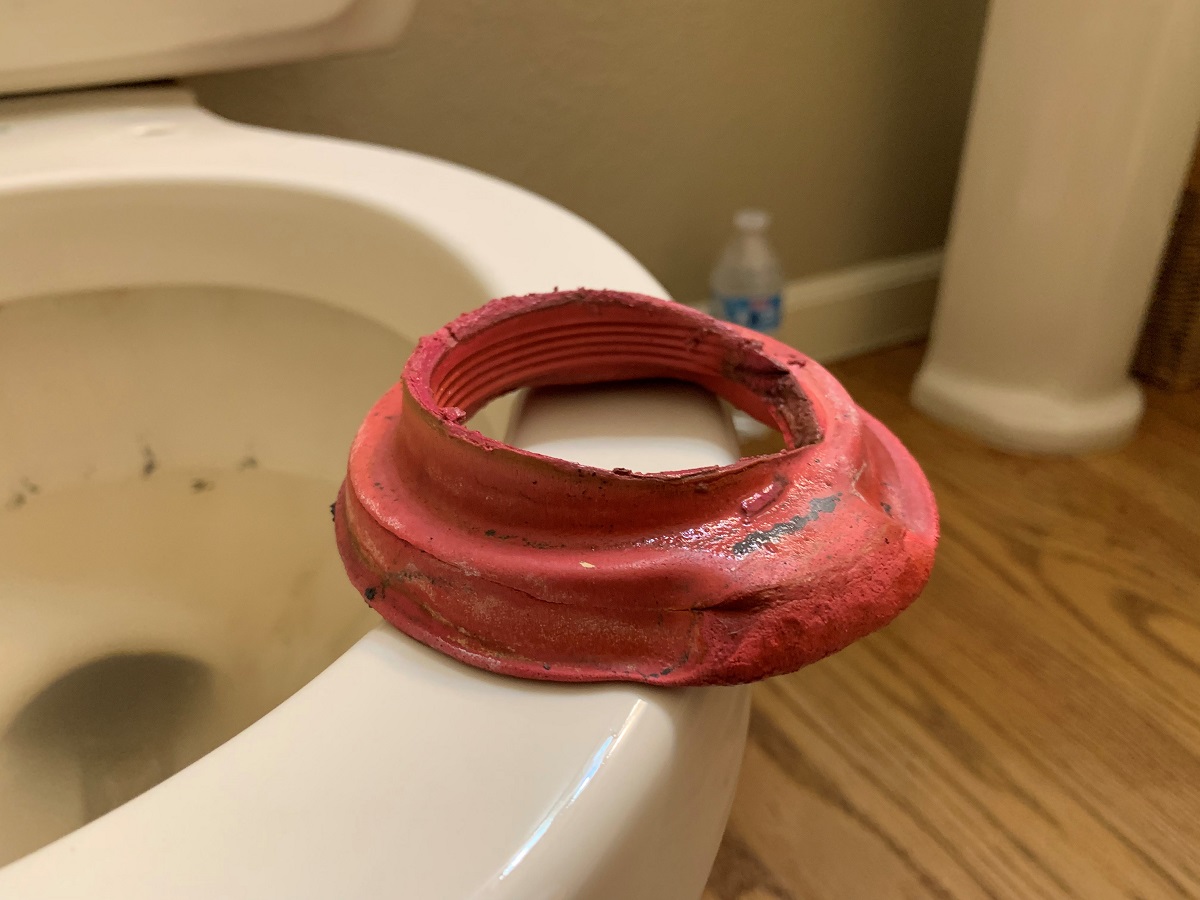

0 thoughts on “How To Clean Toilet Tank With Vinegar”